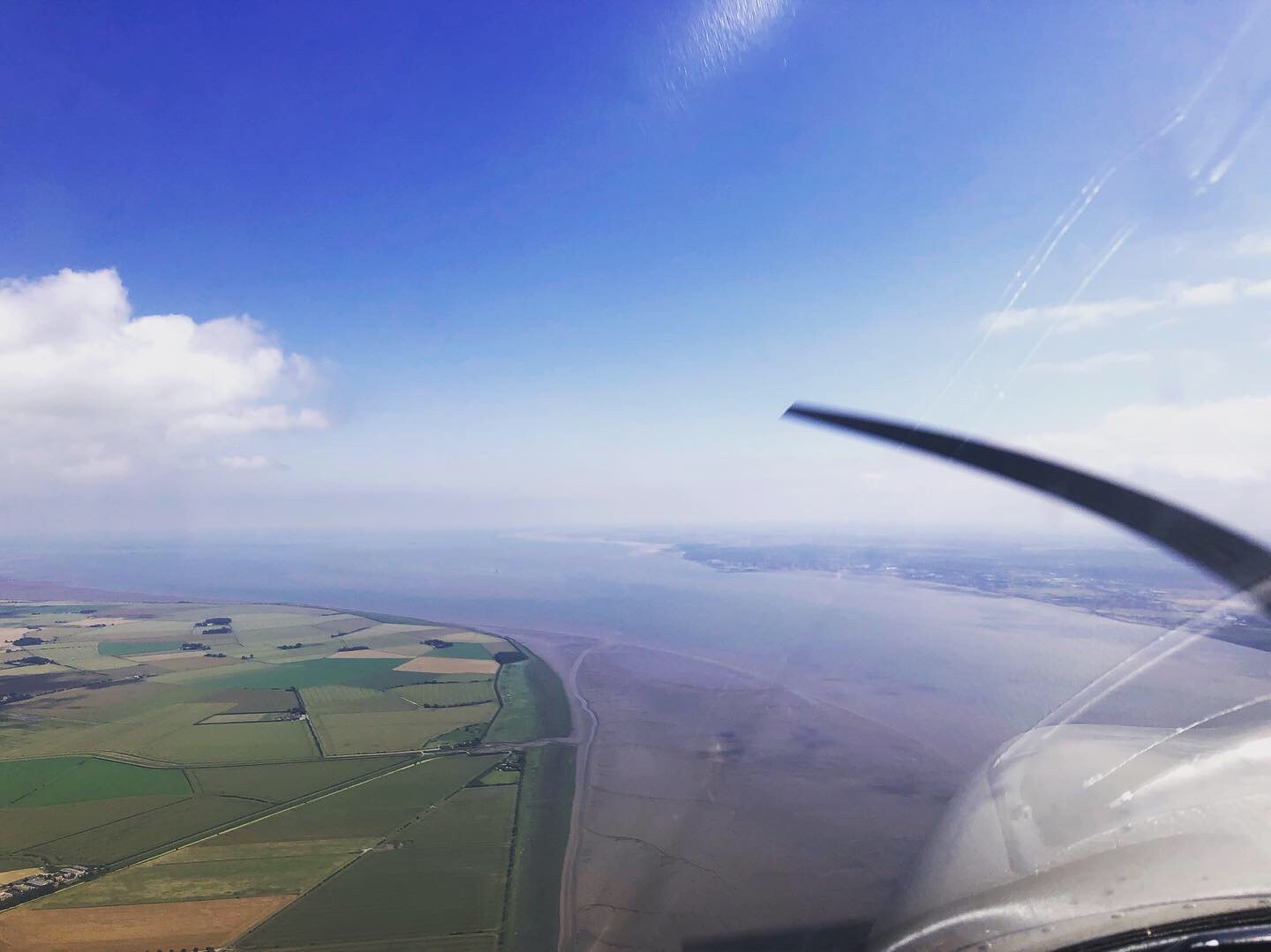The day of the incident, was the day I had to travel to do my Multi Crew Course at White Waltham. I don’t think I appreciated what I had been through but I’ve always just ‘carried on’ so this was no different.
This year has not been an easy year to make decisions in relation to aviation with the interruptions to training (e.g. lockdowns) and the changes associated with BREXIT (e.g. whether to transfer my licence to another EASA member state). After completing my ME CPL/IR at Central Flight Training, and UPRT course, another decision I had to make in relation to my commercial training was whether to do an Multi Crew Course (MCC)/Jet Orientation Course (JOC) or complete an Airline Pilot Standard (APS) course. One article which helped me make my decision was on the CRM Europe website available here: https://www.crmeurope.com/whats-new/ which states that “ there is NOT one airline that is requesting applicants to have completed an APS MCC” although some airlines may look favourably upon those who do complete one. After some research, given the current uncertainty of aviation, I chose to complete my MCC/JOC training at CRM Europe at White Waltham, near London; a couple of friends had completed their training there and it had an excellent reputation. Another positive was that the simulator was a full EFIS Alsim ALX, which meant the focus was on the 9 framework competencies that underpin the course.

A sign of the times
It was unusual to have just two of us on the course (usually 10+ and a waiting list), but this was a sign of the times. I was concerned that I was doing the course too soon before the industry picked up but I was reassured by one of the instructors who said that aviation doesn’t wait and it’s best to have all your ducks lined up in a row and then when opportunities start emerging, you’re ready to go. Having fewer people on the course had its pros and cons – on the plus side, we had the simulator to ourselves, but it also meant there was no place to hide in the classroom!
My partner
I was partnered up with a pilot called Jon who learned to fly gliders in 1995, initially. Then he joined the RAF in 1999 flying the Boeing Sentry (AWACS) and the Hercules (‘K’ model). He had nearly 10 years instructing on the Tucano and so I felt rather inexperienced compared to him. On reflection, part of my learning experience was about recognising what I had to offer as a newly qualified commercial pilot.
The JOC
The first day was the Jet Orientation Course where Martin Whitehead, head of training, took us through the ground school. The ground school covered the differences between jets and propeller aircraft, in flight considerations of a jet aircraft (such as considering high/low altitude travel), aerodynamics (including coffin corner and Dutch roll) and the FMC. In the afternoon, the cardboard bomber was brought in for us to practice the checklists and get a sense of familiarity with the location of switches before going into the sim. We were encouraged to take a methodical approach by including the considerations of TEM (Threat and error management) which always formed our briefing before each detail.

In the simulator, Martin nominated Jon as Pilot Flying and I was Pilot Monitoring and we were able to practice without too much pressure initially. There were a few glitches with the simulator but nothing which had much of an impact on our learning experience. It was the first time I had flown with a flight director and I hadn’t really had much experience with a glass cockpit either, so a lot of what I was faced with was quite new. The instructors encouraged us to focus on enjoying the course and I found that by enjoying it meant that I didn’t think too much about it; learning just happened.
The weekend
At the weekend, I returned home and continued instructing. On one of the mornings, I flew with my colleague and he had completed the commercial training a year before me. He suggested we practice ‘multi-crew’ so I read out the checklist and he responded (challenge and response). I took control of the radio (my radio) and he took control of the flying. It was so much fun, and I realised just how much I was enjoying the multi-crew aspect of flying. It made me realise the value of the MCC regardless of whether I flew ‘multi crew’ or not.

Ground school
The ground school focused much more on the human factors side of aviation which is the side of aviation I really enjoy. Two of the key aspects were ‘communication’ and ‘situational awareness’ and the instructors drew on historical accidents as discussion points. One of the reassuring aspects of the examples was when we saw positive outcomes, for example, the A380 flight in 2010 which sustained a catastrophic engine failure with a multitude of system failure, but landed safely at Changi Airport. The examples used were effective learning tools in order to make us think about decision making and I enjoyed putting my ‘Investigator hat’ on. The aide memoir Nick used for decision making was T DODAR; there are others (e.g. GRADE), but this worked well.
T Diagnose
I Options
M Decide
E Action
REVIEW
NITS brief
Another memory aid was the NITS brief which was used to brief cabin crew where we stated the ‘Nature’ of the problem, our ‘Intentions’, how much ‘Time’ before landing, and whether there were any ‘Special considerations’. During our simulator sessions, we managed to carry one out each which was very good practice.
Simulator
We could see how important ‘reviewing’ was in the decision-making process. For example, the Airbus 330 flight from Toronto – Lisbon, where they assumed that they didn’t have a fuel leak and opened the cross feed consequently running out of fuel, gliding into an airfield in the Azores with no injuries/fatalities. Watching the accidents made me feel extremely uncomfortable; I guess it’s easy to sit on the ground judging others with hindsight, but they were key tools for understanding the importance of decision making, communication and situational awareness. During some of the sim details, my mind would flash back to some of the examples that were used to help make effective and successful decisions. In one of our sim details, a similar scenario emerged where we had a fuel imbalance and had to decide whether to open the cross feed. We checked to make sure we didn’t have a fuel leak, but it was obvious we did have one (if we trusted the instruments) despite the cabin manager confirming what they saw as well.
Keeping it real
The extremely high standard of instructors tried to make it as realistic as possible by drawing on their own experiences after years of flying in the airlines. It meant being aware of the consequences of action on the crew, the cabin crew, the engineers, the company, ATC, the passengers etc. Indeed, crew resource management (CRM) is the effective use of all available resources for flight crew personnel to assure a safe and efficient operation, reducing error, avoiding stress and increasing efficiency. We certainly started to realise this in practice. Initially, I felt slightly self-conscious with the role playing, especially when Martin was ‘Martina’ and imitated a female voice. It wasn’t long, however, before we all started to adopt the roles quite naturally which made me realise the importance of trying to make things as realistic as possible. We were given destinations to prepare for the day before but inevitably there would be some complication on route. The instructor we had for the second week, Geoff, maintained the realism and gave me multiple frequency changes on a Gatwick departure as he gave imaginary instructions to other airlines; as I changed frequency, he would be cut off mid-sentence to make it even more realistic!
“Lufthansa, turn left heading zero–.” Pushes button. [Stops talking].
These little touches just made it much more realistic and enjoyable. Additionally, in amidst the business, if I forgot to switch frequencies, Geoff would reply and say, “Still with London control” and I’d kick myself and switch frequencies. Jon’s experience was excellent as well; he was good at treating taxying like the real thing saying things like “clear on the left”. Also, his passenger announcements were very entertaining and as slick as a captain who had been flying for 30years.

Meanwhile, we had to maintain good checklist discipline, pick up the language of SOPs and learn how to use the autopilot effectively. My brain was buzzing after most days especially during the second week as the pressure and the expectation started to build. Towards the end of the second week, however, I looked forward to what would be thrown at us, particularly, when Jon and I were working so well together.
My training at CFT meant that I was always expecting the instructors to throw challenges at us from the very start, but the pressure seemed to be progressively imposed as the two weeks went along. I feel that they judged the level of instruction just right for us to get the most out of it. We seemed to make a good team throughout our two weeks. Geoff said that sometimes a sim partnership works really well one way and then when the roles are changed the performance can go downhill, but he said that we both performed equally well in both scenarios. Not only had I learned so much this year already, but I felt like I had experienced a steep learning curve in just two weeks. Jon said to me, “I feel like I have a different pilot sitting next to me!”
We had both learned so much during the 2 weeks and I felt much more confident and excited about the possibility of working in a multi-crew environment. Whether I work in a multi-crew environment or not, depending on the job market, I knew I had learned a lot about communicating, leadership and myself, in one of the smallest working environments at 26,000 feet. I wasn’t sure how much value the MCC had but the course far exceeded our expectations and of course human factors was something I was fascinated by. Whilst some have argued recently that pilots should be careful about undergoing training, there is no need to put all your eggs in one basket when you take the modular route. At the end of the course, Geoff said that in his experience (which was vast!) aviation didn’t wait, it just booms back to life and you must be ready to jump on board.




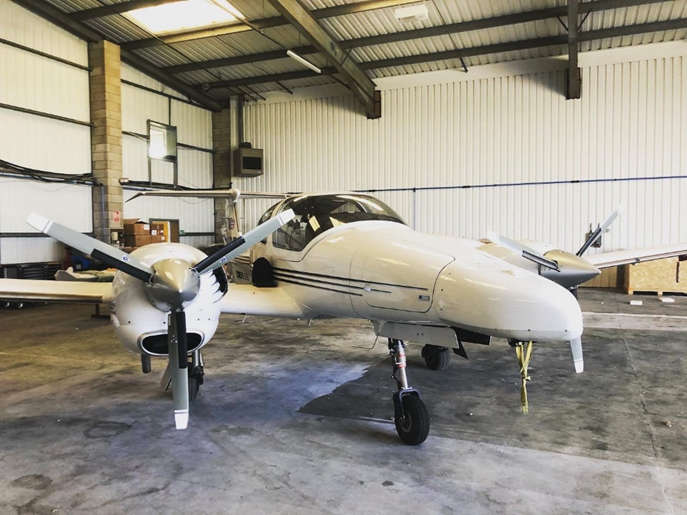









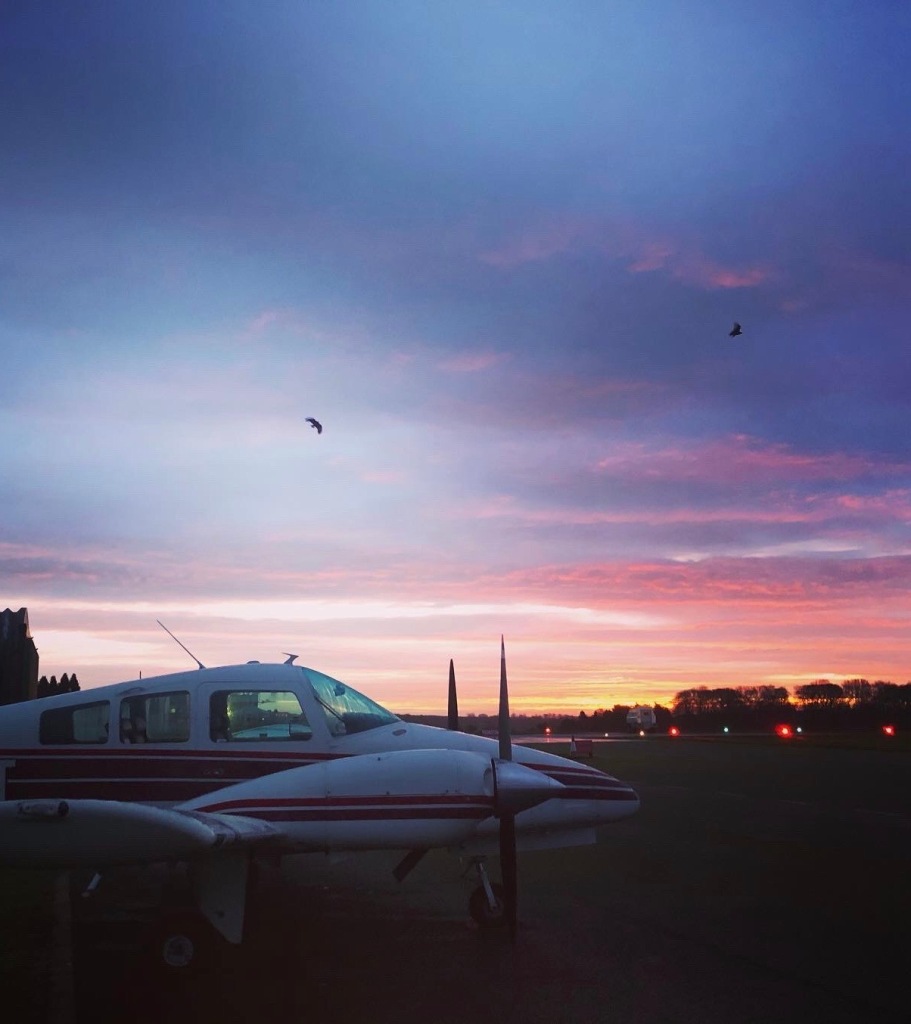




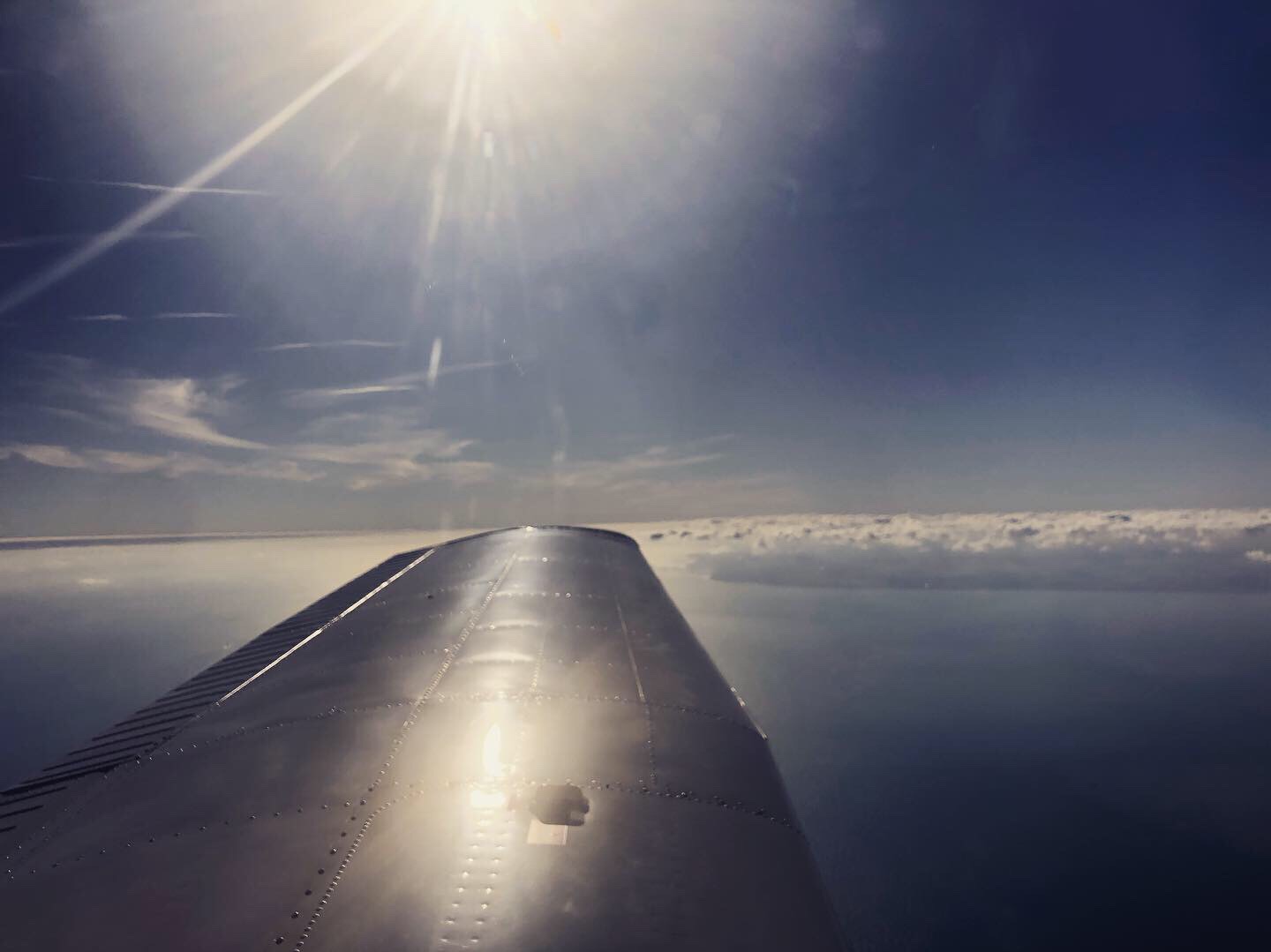
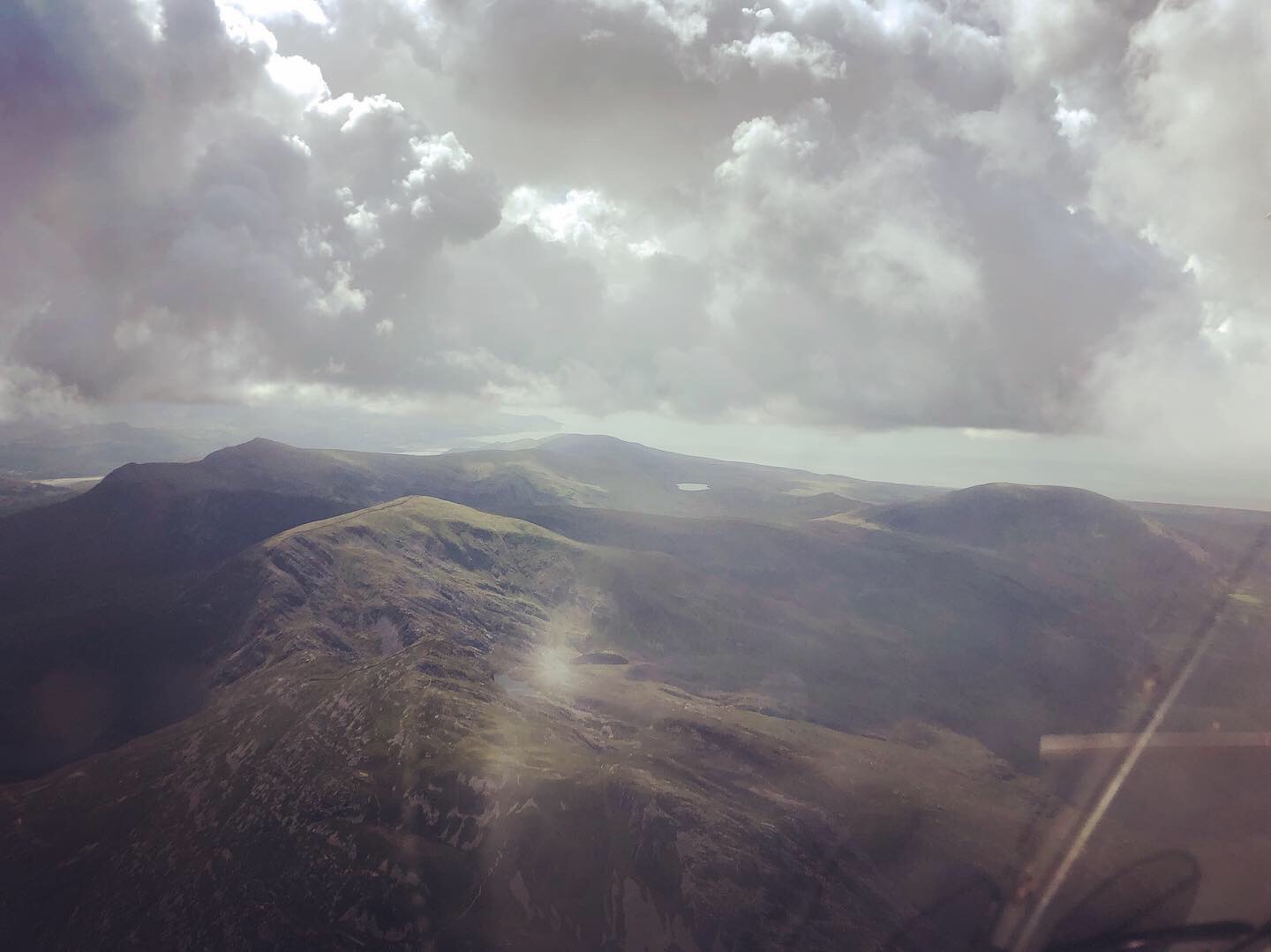


 The following trip I invited my daughter’s boyfriend and I was under strict orders not to be too embarrassing! I wasn’t sure whether that was a promise I could keep though – just me breathing seemed to embarrass her. This time, we finally got the flight planned filed correctly and London Information activated it so we could enjoy the flying across the British landscape. I pointed out Wittering to the kids, “You’ve flown out of there haven’t you, flying with the air cadets?” I think I heard some sort of vocal acknowledgement in the back. Whenever I turned around I just saw them giggling most of the time. They seemed to be enjoying it and that was the main thing.
The following trip I invited my daughter’s boyfriend and I was under strict orders not to be too embarrassing! I wasn’t sure whether that was a promise I could keep though – just me breathing seemed to embarrass her. This time, we finally got the flight planned filed correctly and London Information activated it so we could enjoy the flying across the British landscape. I pointed out Wittering to the kids, “You’ve flown out of there haven’t you, flying with the air cadets?” I think I heard some sort of vocal acknowledgement in the back. Whenever I turned around I just saw them giggling most of the time. They seemed to be enjoying it and that was the main thing. It didn’t take long until we saw the sea again and called London Information to switch to Lille. This time we landed earlier so we had time to get the bus into town and have lunch. We had time to make a day of it and walked around Calais and then found a restaurant to eat in. We all chatted and enjoyed the lovely weather sitting outside on the pavement. It wasn’t long before we looked at the time and realised time was ticking on and we had to get back to the airport. The issue was the different time zones and we realised we might not get back in time before the airport closed! We jumped on the first bus after waiting half an hour at the bus stop. On the bus trip back, I started to feel sick as it was crammed with locals and we were sat at the back. We rushed off the bus, legged it to the airport and as I reached for the door, I expected it to be locked but we were lucky as the doors opened. It seemed the airport manager had waited for us to return as our aircraft was the only one left.
It didn’t take long until we saw the sea again and called London Information to switch to Lille. This time we landed earlier so we had time to get the bus into town and have lunch. We had time to make a day of it and walked around Calais and then found a restaurant to eat in. We all chatted and enjoyed the lovely weather sitting outside on the pavement. It wasn’t long before we looked at the time and realised time was ticking on and we had to get back to the airport. The issue was the different time zones and we realised we might not get back in time before the airport closed! We jumped on the first bus after waiting half an hour at the bus stop. On the bus trip back, I started to feel sick as it was crammed with locals and we were sat at the back. We rushed off the bus, legged it to the airport and as I reached for the door, I expected it to be locked but we were lucky as the doors opened. It seemed the airport manager had waited for us to return as our aircraft was the only one left.

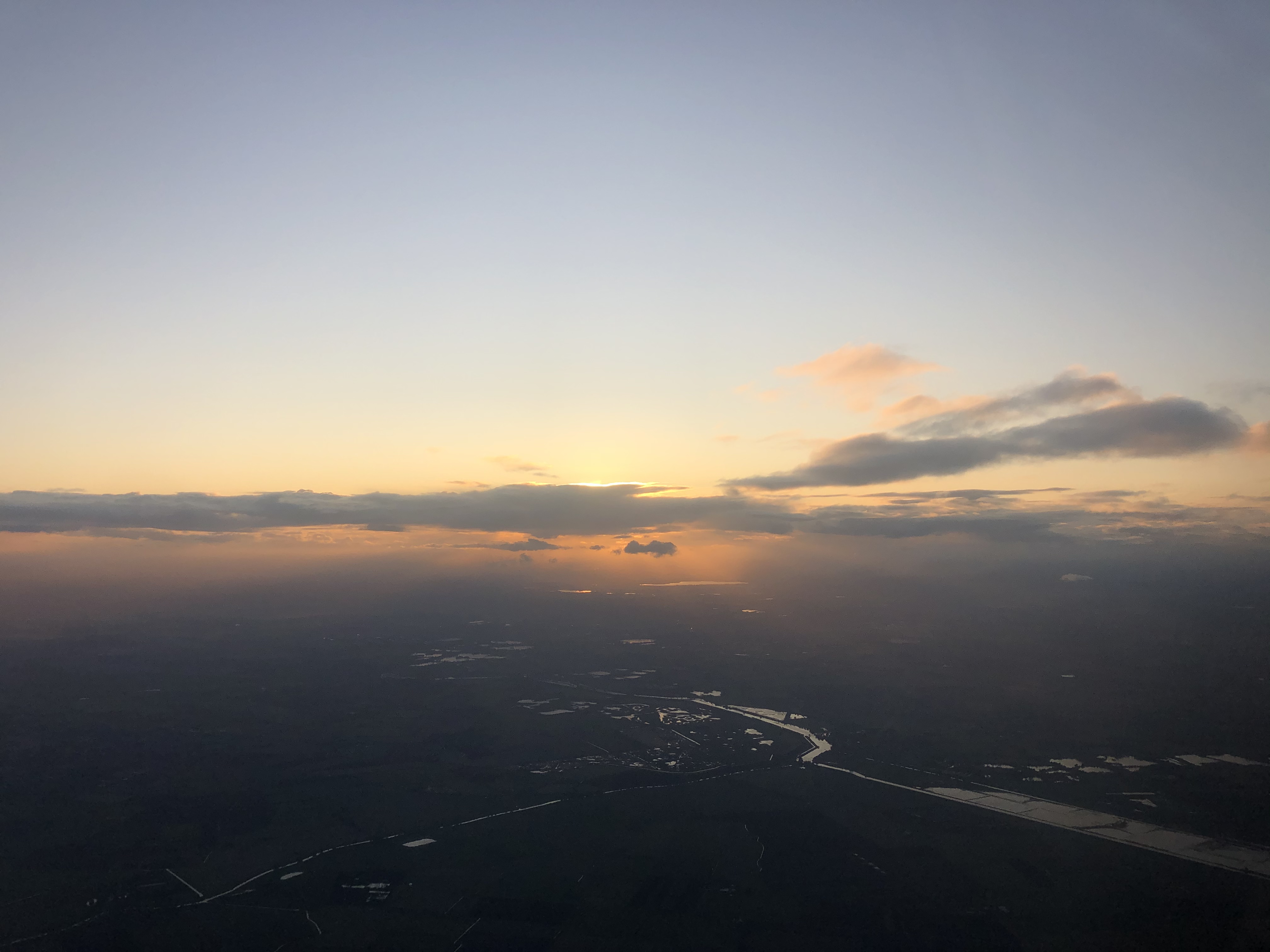


 We stopped for lunch at the airport; there wasn’t time to venture into town this time since we were planning to land at Clacton on the way back to tick off the 300NM trip. I knew I needed to eat but I was finding that the trip took more out of me than I thought it would and was feeling the stress of it. I felt quite knackered but I forced myself to eat, otherwise I’d struggle even more on the way back. Before long, we were back on board and calling up for a radio check. Again, there was no reply so we would need to ask Lille to activate our flight plan. As we took off from runway 24, we left Calais frequency and changed to Lille asking them to activate our flight plan. It was so straight forward and it wasn’t before long we changed frequency again to London as Lille were quick to pass us on once leaving their airspace.
We stopped for lunch at the airport; there wasn’t time to venture into town this time since we were planning to land at Clacton on the way back to tick off the 300NM trip. I knew I needed to eat but I was finding that the trip took more out of me than I thought it would and was feeling the stress of it. I felt quite knackered but I forced myself to eat, otherwise I’d struggle even more on the way back. Before long, we were back on board and calling up for a radio check. Again, there was no reply so we would need to ask Lille to activate our flight plan. As we took off from runway 24, we left Calais frequency and changed to Lille asking them to activate our flight plan. It was so straight forward and it wasn’t before long we changed frequency again to London as Lille were quick to pass us on once leaving their airspace.
 I was so relieved to get it down and in the end it felt like we had lots of room to slow down and taxi over to park. Again, we didn’t have that much time but helped ourselves to a drink in the kitchen after laying out landing fee. We sat outside on the benches – we were the only visitors there and chatted about the airfield. We realised that there had actually been quite a few crashes at Clacton so it was even more of a relief to have landed safely. On the way out, we taxied all the way to the end making sure we made use of the whole runway. We took off and turned right over the sea turning back up north to return back to the airfield.
I was so relieved to get it down and in the end it felt like we had lots of room to slow down and taxi over to park. Again, we didn’t have that much time but helped ourselves to a drink in the kitchen after laying out landing fee. We sat outside on the benches – we were the only visitors there and chatted about the airfield. We realised that there had actually been quite a few crashes at Clacton so it was even more of a relief to have landed safely. On the way out, we taxied all the way to the end making sure we made use of the whole runway. We took off and turned right over the sea turning back up north to return back to the airfield.